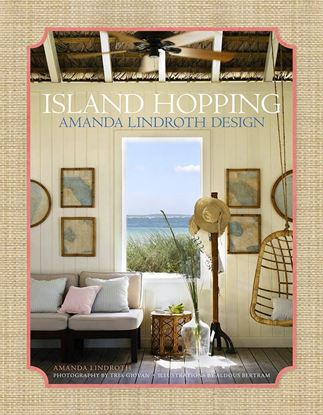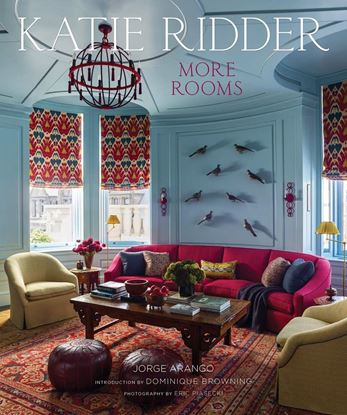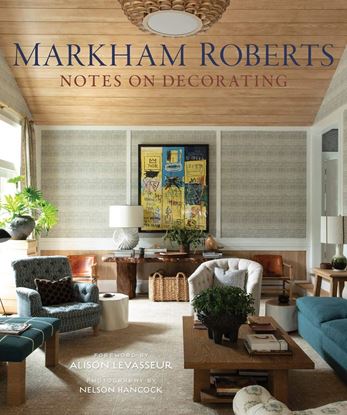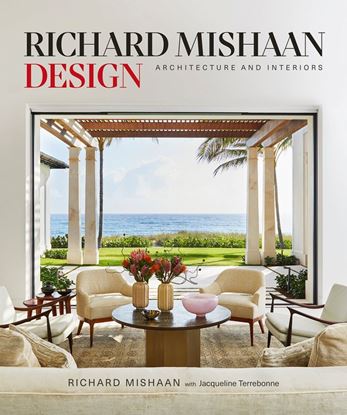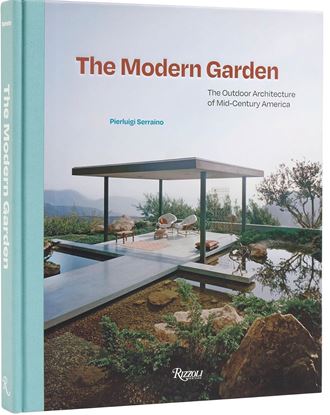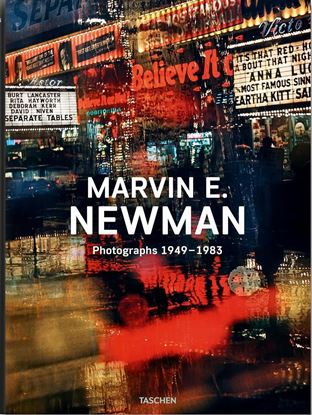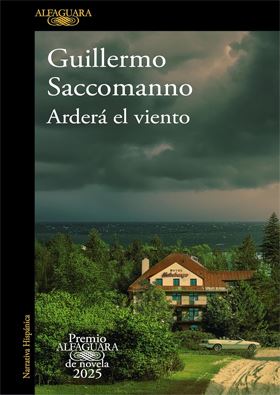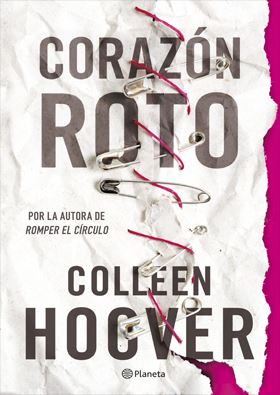

NOVEDADES
ISLAND HOPPING AMANDA LINDROTH DESIGN
White canvas, boldly colored fabrics in solids, stripes, and jaunty prints, rattan and cane seating, whitewashed or colorfully painted English case furniture, canopied beds, straw matting—these are some of the signature ingredients of an Amanda Lindroth interior.
Since she founded her Nassau-based firm in 2010, she has become the go-to designer of island dwellers from Lyford Cay to Antigua, Abaco to Belize, Harbour Island to Palm Beach, and as far north as Great Cranberry Island, Maine. Her airy, relaxed, indoor-outdoor aesthetic is apparent in every one of the twenty-five projects featured here.
With photographs by Tria Giovan, herself an island native, and charming illustrations by Aldous Bertram, who decorated Lindroth’s pied-à-terre in Palm Beach with stunning trompe l’oeil renderings, Island Hopping: Amanda Lindroth Design is the visual equivalent of an island getaway.
4,800
KATIE RIDDER MORE ROOMS
Bold combinations of primary and secondary colors; exquisitely crafted trims, embroidery, lampshades, and countless accessories (all designed by Ridder); imaginative room surfaces from silver leaf to custom stenciling. These are but a few of the signature elements of a Katie Ridder interior. Katie Ridder: More Rooms explores Ridder’s unique aesthetic room by room to underscore the astounding breadth and depth of her decorating ingenuity. The illuminating text details Ridder’s singularly creative approach to the essential elements of each room, including furniture plan, color, lighting, finishes, pattern, layering, and scale. Illustrated with specially commissioned photographs by Eric Piasecki and featuring an introduction by longtime editor in chief of House & Garden Dominique Browning, Katie Ridder: More Rooms provides endless inspiration for design aficionados.
4,800
MARKHAM ROBERTS NOTES ON DECORATING
Markham Roberts is renowned for his boundless creativity and ability to work in a wide range of styles. In this, his second book, he examines his working method, identifying the key elements of a project and explaining how he addresses them. He begins with his top priority: taking into account his clients’ point of view by interpreting their needs and reflecting their style. Other elements include establishing a sense of place, layering and embellishing to make spaces more personal and interesting, acknowledging the need for practicality in materials, and doing the unexpected, from upholstering walls to mixing disparate materials and styles of furniture. Throughout, specially commissioned photographs illustrate his solutions to the challenges each of these elements poses. He concludes the book with a chapter on a single project that encompasses all of the elements.
4,800
RICHARD MISHAAN DESIGN ARCHITECTURE
Richard Mishaan is renowned for his masterly integration of textiles, palettes rich in complementary shades, natural materials forged by artisans, surfaces bedecked with talismanic curios, a strategic sense of when and where to place a mirror, and a deep knowledge of both the fine and decorative arts. His many influences, including his upbringing in Colombia, coupled with his idiosyncratic perspective, explain why his sophisticated clientele return repeatedly as their lives evolve.
In Richard Mishaan Design, his working methods are revealed in projects as varied as the conversion of a 400-year-old barn in the Hamptons into a warm, inviting family home and the transformation of an ultra-modern, glass-walled New York City apartment into a comfortable yet sophisticated aerie. Here too are show houses, which he uses as experimental laboratories, working out such diverse design ideas as updating legendary designer Renzo Mongiardino’s aesthetic and achieving a chic look on a tight budget. He has also designed rooms in bespoke hotels, ranging from the Rat Pack–influenced Shelborne South Beach in Miami to the Tcherassi, a renovated 250-year-old mansion in Cartagena, Colombia.
4,800
THE MODERN GARDEN
The treasures of mid-century American architecture have long been celebrated. Less appreciated has been the landscape design that provides the framing for these masterworks. But more than frame, landscape architecture is an art worthy of the spotlight, particularly at mid-century, when the notion that “gardens are outdoor spaces for people to live in” was championed and brought to the fore; now gardens and landscapes are not just external attributes to the house but a continuation of it and its living spaces in a relationship of symbiosis, with its pools and terraces, its winding lawns, and its partly enclosed room-like spaces flanked by brick or stone or plantings in a range of colors and forms.
4,900
MARVIN E. NEWMAN (FO) (GB)
In 1952, after becoming one of the first-ever recipients of a Master of Science degree in Photography at Chicago’s Institute of Design, native New Yorker Marvin E. Newman returned to his hometown. Like many artists before, he set about chronicling the city. Unlike his predecessors, Newman chose color photography as the preeminent medium for capturing the people and energy of New York, and its emergence in the 1950s as the self-proclaimed “Greatest City in the World.”
4,995


